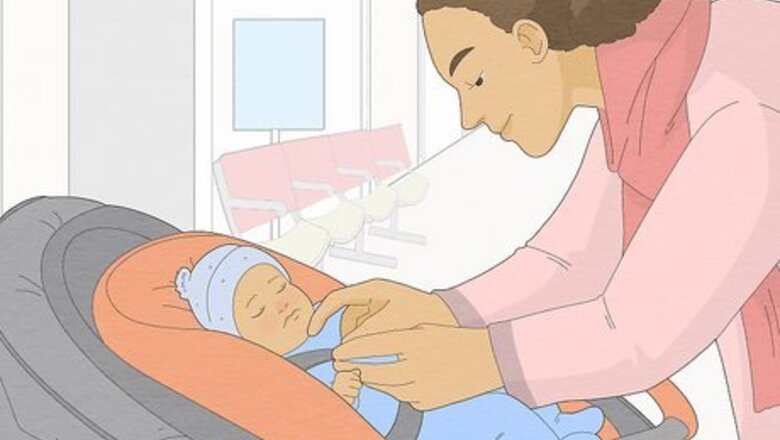
views
Schedule a flight during your baby’s nap time.
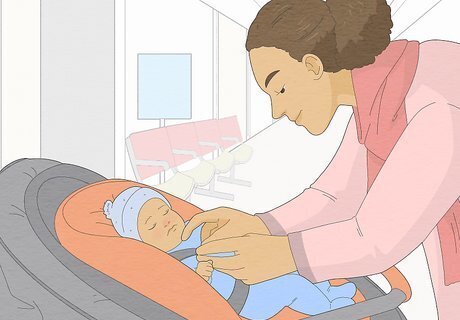
Hopefully, they might sleep some of the way. If you find a flight that’s during the time your baby normally sleeps, go for that one. If your baby is a good night sleeper, you might try catching a red-eye so they go to bed right as the plane takes off. In general, the fewer layovers, the better. Direct flights are much easier to deal with when you have a baby on board.
Buy a ticket for your baby so you don’t have to hold them.
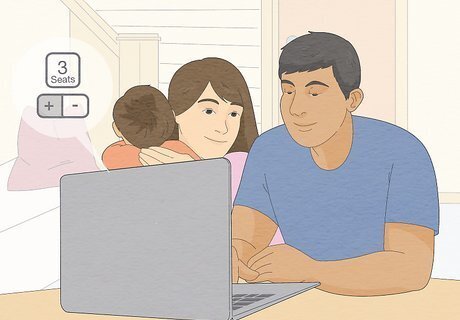
Children under 2 years old don’t need a seat, but having one can be nice. If you plan on holding your baby in your lap for the entire flight, don’t worry about buying them a seat. However, having a second seat next to you to put your baby in can be a great way to give yourself a short break. You can also use the seat to hold your diaper bag and any supplies that you need to grab during the flight. The Federal Aviation Administration (FAA) doesn’t require a safety seat for your baby, but they strongly recommend one.
Try to get a window seat.
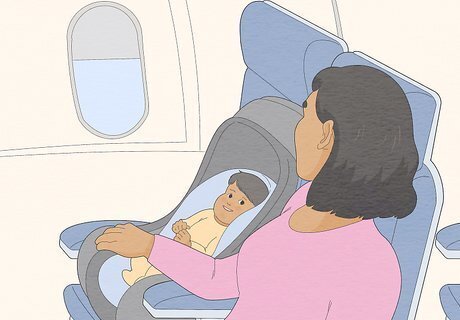
Aisle seats can be dangerous for babies. With tons of people walking by and flight attendants carrying drinks, you don’t want your baby in the midst of all that. If you can, try to go for a window seat, and look for rows with extra room, like the bulkhead. Unfortunately, you and your baby can’t sit in an exit row, because airlines don’t allow children in those seats.
Bring a CRS safety seat to secure your baby.
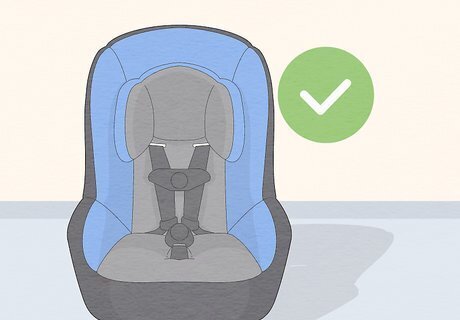
Not all car seats are safe for airplane use. If you are buying a seat for your baby and you plan to put them in a car seat, make sure it’s a Child Restraint System (CRS) that has the label, “This restraint is certified for use in motor vehicles and aircraft.” When you get on the plane, you’ll need to install the car seat according to the manual’s instructions and your baby’s age. Experts recommend using a rear-facing seat until ages 2 to 4. Before you get on your flight, measure the width of your child’s seat. It will fit on most standard airplane seats if it’s 16 inches (41 cm) wide or less. A lot of airlines require that child seats must be in the window seat. If you aren’t sure, call your airline to check before booking a ticket.
Pack a bottle or a pacifier.
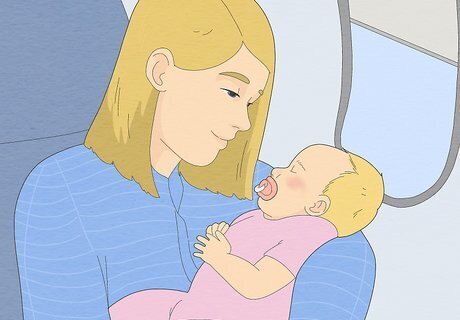
This will give your baby something to suck on and pop their ears. Since babies can’t understand that they need to pop their ears during takeoff and landing, you’ll want to pack something that they can drink (or a pacifier that they can suck on). Even if it’s a short flight, take a bottle or a pacifier with you and give it to your baby at the beginning and the end of the flight. Try to have them sit up while they drink, as that can help relieve some of the pain in their ears. Try not to let your baby sleep during takeoffs and landings, since they could wake up in pain.
Bring pre-mixed formula or breast milk.
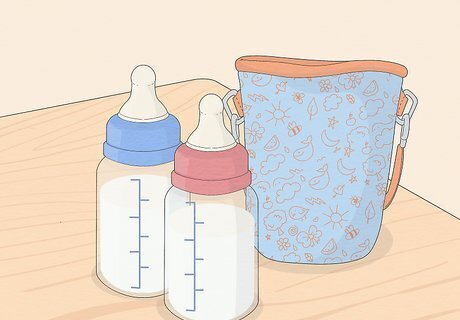
You can bring as much or as little food for your baby as you’d like. Breast milk and formula are exempt from TSA’s 3.4 ounces rule. This means that you can bring “reasonable quantities” with you in your carry-on bag. When you go through security, tell the TSA officer that you have breast milk or formula in your bag before it goes through the x-ray machine. You can also bring water and powder formula separately in your carry-on bag.
Keep some sanitizing wipes handy.
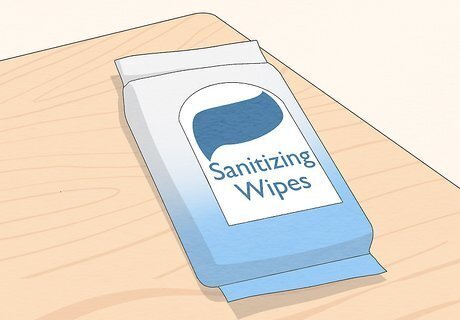
Disinfecting your surroundings can help keep your baby healthy. Before you sit down in your seat, wipe down the armrests and the seatback with a disinfectant wipe. Young children tend to have weaker immune systems, and it’s no fun trying to comfort a sick baby while you’re on vacation. Quickly wiping down your area can set you up for a relaxing, germ-free holiday. You can also bring some hand sanitizer to use while you’re on the plane.
Pack extra diapers and diaper cream.
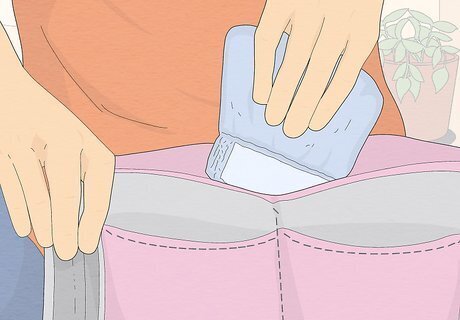
Anything you need to change your baby can go in your diaper bag. Bring extra diapers for the flight, wipes, diaper cream, and hand sanitizer. It can be tempting to go overboard and pack a ton of extra stuff, but try to go light—you can always put extras in your checked bag or buy more supplies once you reach your destination. You can also pack a changing pad to lay your baby on when you change them.
Take an extra change of baby clothes and a plastic bag.
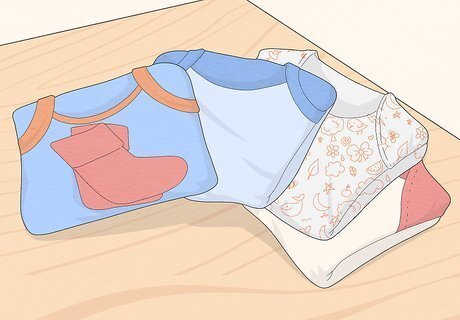
It’s good to be prepared in case your baby needs fresh clothes. Experts recommend taking along 4 extra pieces of clothing for your baby during a flight. Footed pajamas are the best option since they keep your baby warm and make them feel less exposed. You might also want to bring an extra shirt for yourself, just in case there are any spit-up or drooling mishaps. If you roll up your baby’s clothes, they’ll take up less space in your carry-on bag.
Pack a few of your baby’s favorite toys.

These will help calm your baby down and keep them occupied if they get restless. When you’re choosing toys, think small, lightweight, and multi-functional. Experts recommend grabbing something your baby knows and loves, as well as a few brand new items that they haven’t seen before yet. For instance, you could bring a soft cloth book, a teething mitten, or a stuffed animal. Try not to bring anything that makes noise, as it could disturb the other passengers around you.
Bring a soft-structured baby carrier.
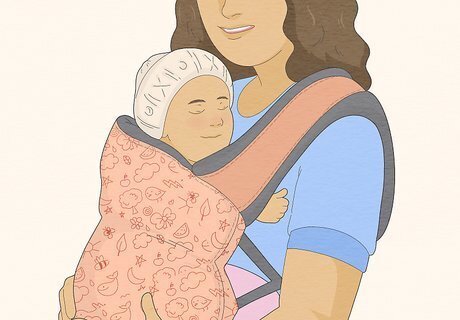
This will give your arms a break on the flight and in the airport. Pack a soft-structured baby carrier that you can wear on your chest to put your baby in. This is a great way to keep your baby close while also leaving your hands free. You can buy a soft-structured baby carrier for around $80.
See if you can rent gear when you land.
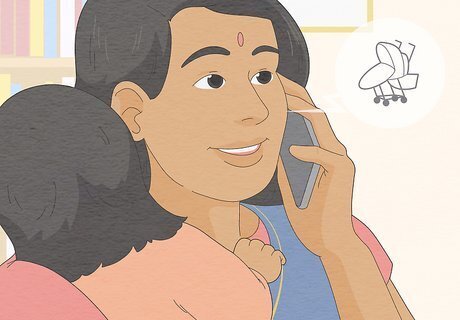
Ideally, you don’t want to lug around heavy items. Tons of hotels (and even airports) have gear that you can rent out for a small fee per day. Call ahead to your destination and see if they have any baby supplies that you can rent during your stay to avoid taking tons of items with you on a plane. If you need to bring any large items with you, like strollers, you can check them at your gate and then retrieve them when you land. Check in with your airline for more information.
Take a small stroller on long trips.
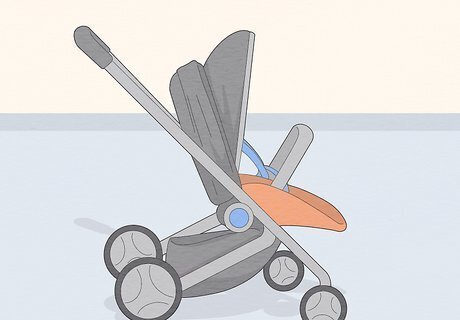
Although they may be bulky, they can really save your arms. If you have multiple layovers or are planning to spend a long time in the airport, bring a small stroller on board with you. Usually, strollers don’t count as carry-on bags, so you can bring them on board for free. However, you should double-check with your specific airline just in case. If you do bring a stroller on board the plane, it will have to go through an x-ray screening just like your carry-on bags.
Pack a few self-care items for yourself.

A little snack or a hydrating lotion can really make a difference. As you pack up your baby’s things, grab a few items for you that will make your trip easier. Nourishing lip balm, a facial mist, electrolyte tabs, or a cleansing facial wipe can all help your flight go by a little bit faster. Your happiness is just as important as your baby’s! If you’re stressed, your baby is more likely to be stressed, too.












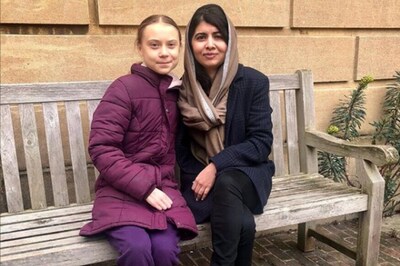





Comments
0 comment